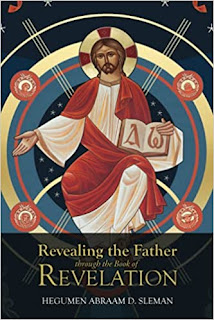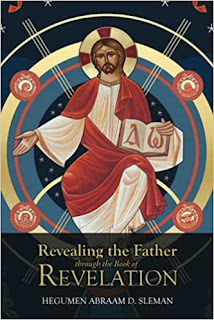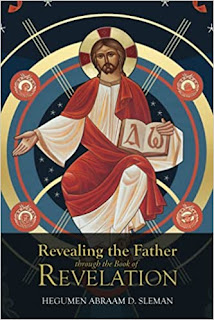Multitude Before the Throne (Rev. 7:9–17)

Multitude Before the Throne (Rev. 7:9–17) The previous vision (Rev. 7:1-3) revealed God sealing seal the one hundred and forty-four thousand, forming a new creation in Christ and demonstrating the characteristics of this new creation. Here is another vision where God reveals the new creation appears as a great multitude of people in their eternal blessedness. They are before the throne of God in the full manifestation of His Kingdom. Showing them in heaven is intended to encourage the church toward its heavenly triumph, a needed message for the church at all times, especially in the time of spiritual decline and suffering. Great Multitude 7:9 After these things I looked, and behold, a great multitude which no one could number, of all nations, tribes, peoples, and tongues, standing before the throne and before the Lamb, clothed with white robes, with palm branches in their hands, John saw a multitude, too large to count, before the throne. The four-word description “nation







